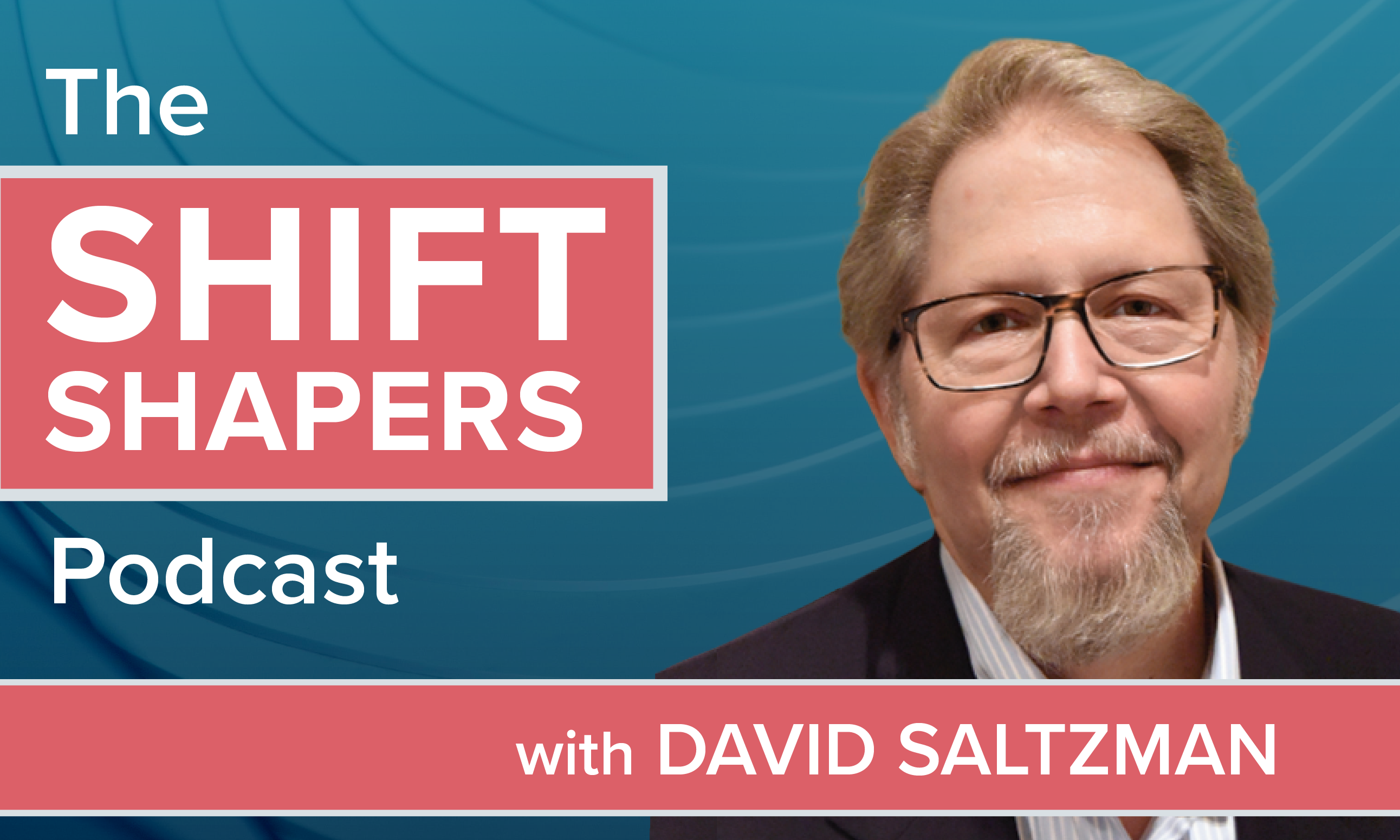
As brokers and employers gear up for another busy open enrollment, chances are many of them will rely largely on traditional communication methods, like enrollment meetings and benefit fairs, to provide benefit and enrollment information face-to-face.
“High-touch” interactions like these certainly have value as a communication channel during open enrollment. But to complement that, many are exploring more high-tech ways to reach an increasingly mobile, more “on-demand” audience that support their benefits decision making.
|Maximizing technology at the “point of impact” and beyond
For brokers and employers, it's critical to take a closer look at that decision process, including the “point of impact”: the window of time in which the employee is actually selecting which benefits he or she wants. Keep in mind, the average employee is only going to spend a grand total of roughly 15 minutes selecting all of their benefits for the entire year — decisions that will impact their whole family. The question becomes how to help prepare employees for that pivotal final enrollment decision, effectively extending the point of impact.
Recommended For You
Complete your profile to continue reading and get FREE access to BenefitsPRO, part of your ALM digital membership.
Your access to unlimited BenefitsPRO content isn’t changing.
Once you are an ALM digital member, you’ll receive:
- Breaking benefits news and analysis, on-site and via our newsletters and custom alerts
- Educational webcasts, white papers, and ebooks from industry thought leaders
- Critical converage of the property casualty insurance and financial advisory markets on our other ALM sites, PropertyCasualty360 and ThinkAdvisor
Already have an account? Sign In Now
© 2025 ALM Global, LLC, All Rights Reserved. Request academic re-use from www.copyright.com. All other uses, submit a request to [email protected]. For more information visit Asset & Logo Licensing.








